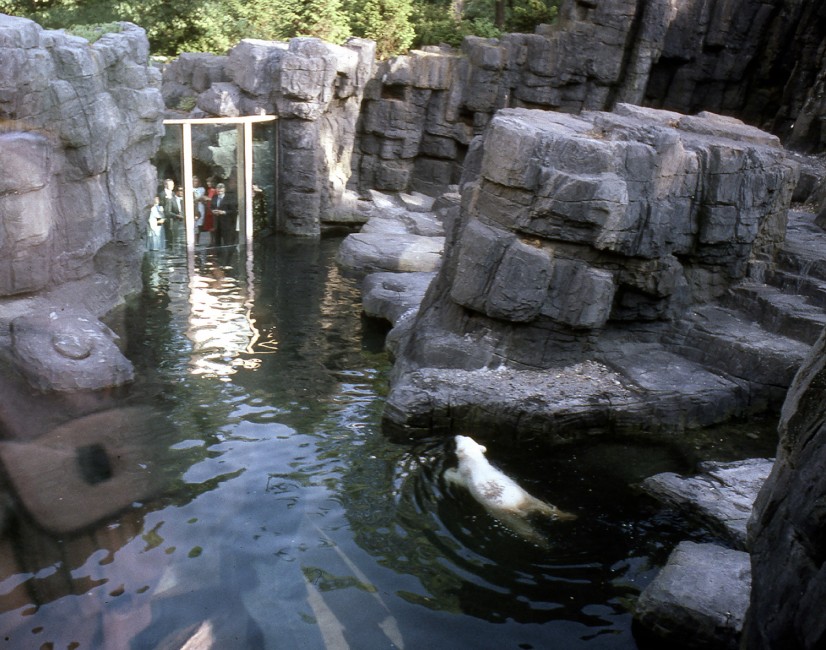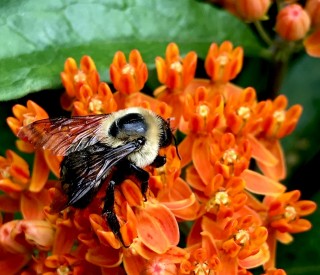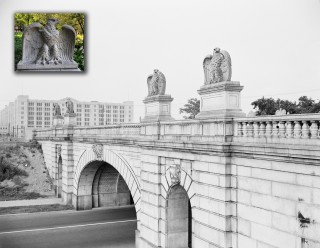
November 19, 2020
WCS’s City Zoos Project
- as seen by -
 Sana Masood
@arkivist@wcsarchives
Sana Masood
@arkivist@wcsarchives In 1980 after years of negotiations, the New York City Parks Department transferred management of the Central Park Zoo (as well as the Central Park Children’s Zoo), Prospect Park Zoo, and Queens Zoo to the Wildlife Conservation Society. This change began the Society’s City Zoos Project, which included the staged shutdown of the three zoos, their redesign, construction, and reopening.
Originally, the Central Park Zoo was chartered by the city in 1864 as a menagerie, and in 1934 Robert Moses had it rebuilt as part of his plan to update parks and recreation areas in the city. The Prospect Park Zoo was created as a result of the same initiative from another menagerie in Brooklyn that dated back to the 1890s. The Queens Zoo opened in 1968 on the site of the 1964 World’s Fair in Flushing Meadows, Queens, and it was also a Robert Moses project.
Construction for the first City Zoos Project started in 1983 when the Central Park Zoo was shut down and then reopened in 1988 followed by the Queens and Prospect Park Zoos both closing in 1988 and reopening in 1992 and 1993 respectively. The Central Park Children’s Zoo was then reopened in 1997. The city zoos had been regarded as antiquated, and the redesigns of the parks updated them by utilizing what had been learned and developed at the Bronx Zoo for animal exhibits, such as the polar, temperate, and tropical environments at the Central Park Zoo and naturalistic exhibits at Queens and Prospect Park. The early exhibits at the parks included polar bears, seen in the 1988 photo above, and penguins at the Central Park Zoo, bison and bobcats at the Queens Zoo, and hamadryas baboons and wallabies at the Prospect Park Zoo.
The 1979 WCS Annual Report states that “Affecting more people, more compellingly” would be one of the major outcomes of the transfer. With the management of the new parks, WCS would be able to spread its messages about conservation to a wider audience, which the organization is still able to do today.




Leave a Comment